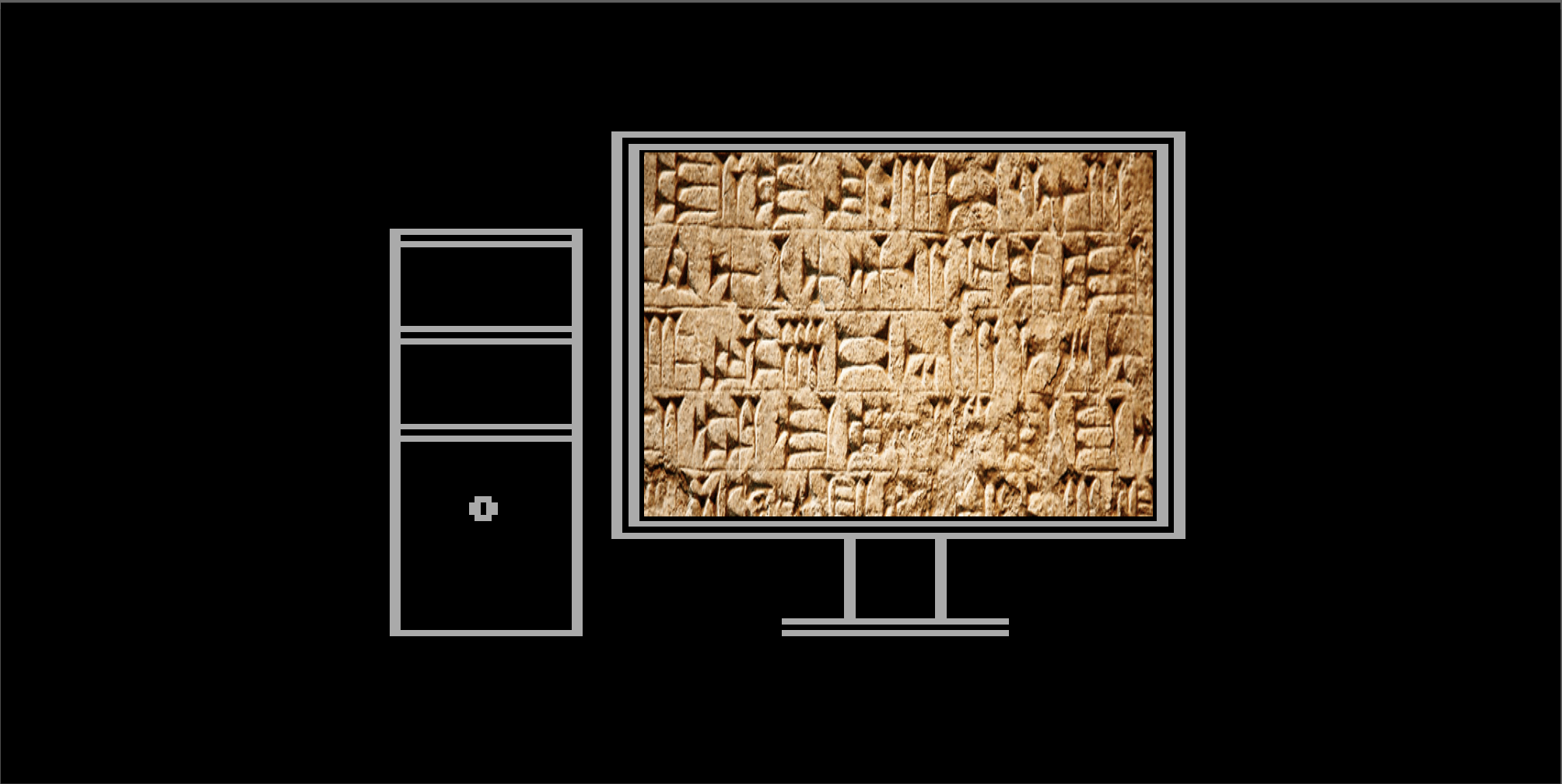Tag Digital Humanities
by guest contributors Sara Mohr and Edward C. Williams
by guest contributor John Pollack ‘Tis the season. Not that season—but rather, the curious period in the United States between the holidays of “Columbus Day” and “Thanksgiving” when, at least on occasion, the issues confronting America’s Native peoples receive a… Continue Reading →
by guest contributor Elizabeth Everton In a 2009 interview, Twitter’s founder, Jack Dorsey, drew upon the dictionary definition of “tweet” – “a short burst of inconsequential information” – to characterize his creation. Ten years after Twitter’s inception, few would persist… Continue Reading →
by contributing editor Daniel London
by Madeline McMahon Conrad Gesner’s 1545 Bibliotheca universalis was a powerful tool for managing information. Like a Wikipedia dedicated solely to authors who had written in Latin, Greek, and Hebrew, the catalogue was intended as a companion for anyone trying… Continue Reading →


